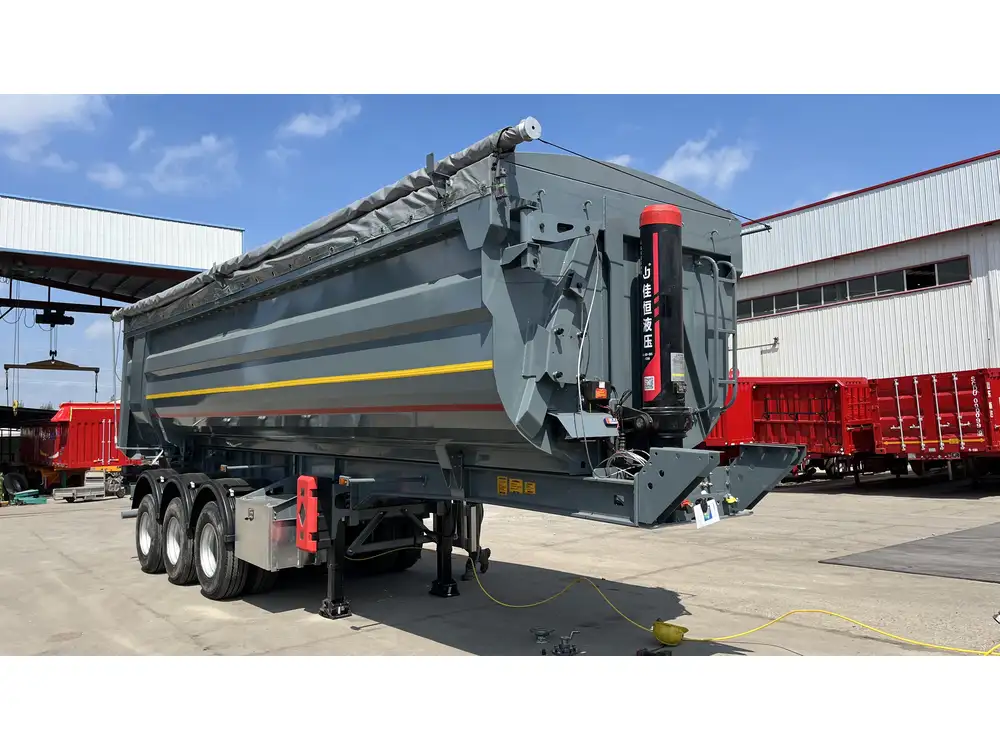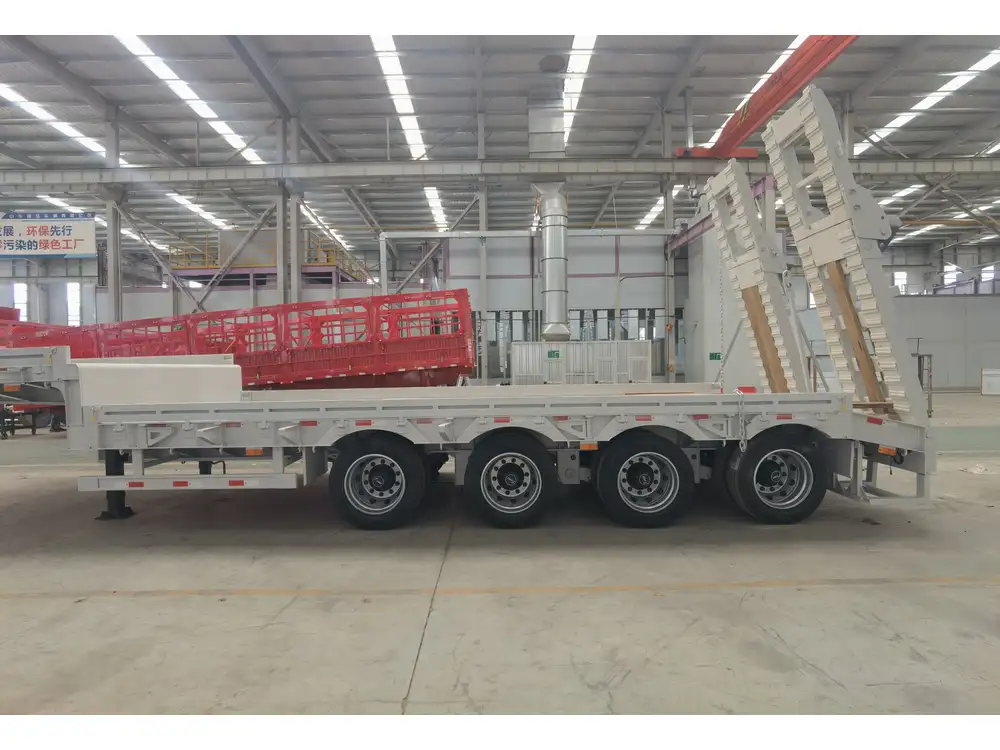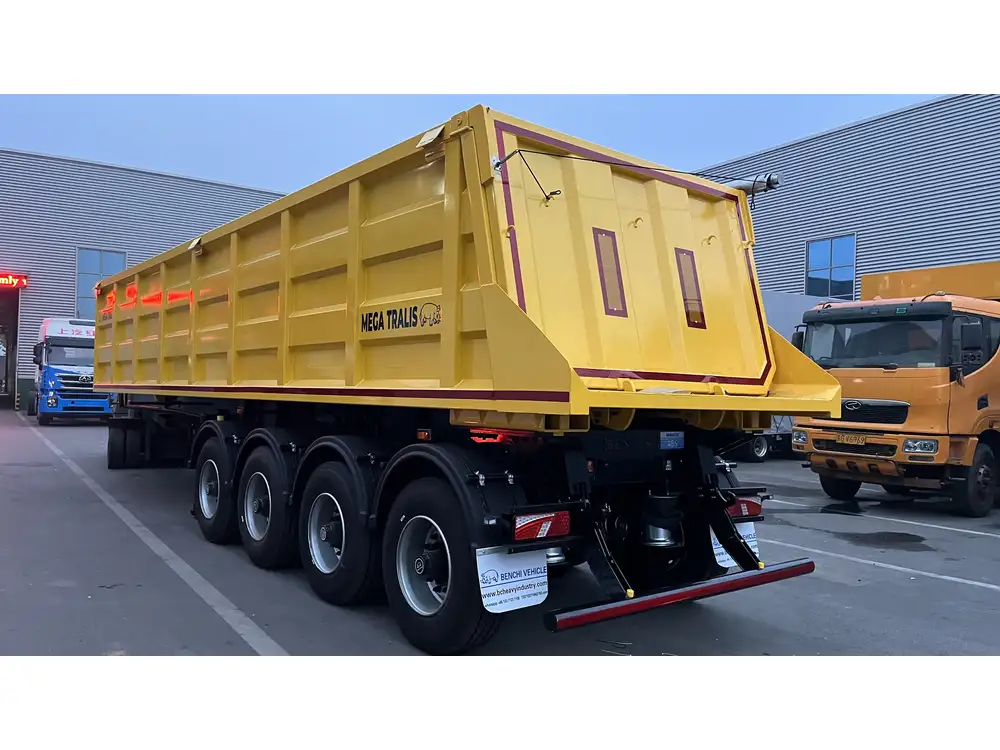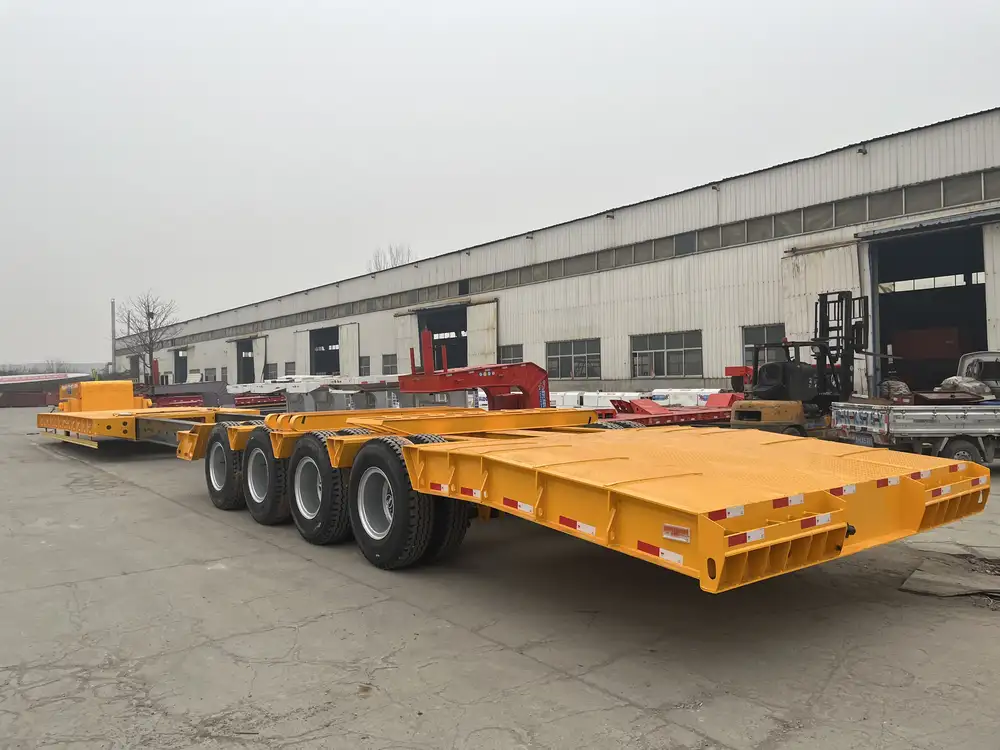Dump trailers are crucial assets in various industries, from construction to landscaping. They help in transporting loose materials such as gravel, sand, and debris, making them indispensable for companies handling heavy loads. However, one fundamental question constantly arises among users: how wide is a dump trailer? This inquiry extends beyond mere curiosity—it encompasses numerous dimensions and specifications that can affect usability, compliance, and suitability for specific tasks. This article will delve deeply into the dimensions and features of dump trailers, ensuring that you have all the necessary information to make informed decisions.
Understanding Dump Trailer Dimensions
Standard Widths of Dump Trailers
The width of dump trailers varies considerably based on their classification and intended use. The most common widths for standard dump trailers typically fall within the following ranges:
| Type of Dump Trailer | Standard Width |
|---|---|
| Single Axle Dump Trailer | 6 to 8 feet |
| Tandem Axle Dump Trailer | 8 to 10 feet |
| Heavy Duty Dump Trailer | 8 to 12 feet |
Single Axle Dump Trailers: These are primarily designed for smaller loads and are often used in residential projects. Their compact width provides maneuverability in tight spaces, making them ideal for urban environments.
Tandem Axle Dump Trailers: Ideal for construction sites needing to transport larger loads, these trailers offer enhanced stability and load capacity. Their wider structure plays a significant role in distributing weight and enhancing towing stability.
Heavy Duty Dump Trailers: These trailers are robust, suited for heavy-duty operations. Their wide frames ensure they can handle the weight of substantial loads while retaining structural integrity.

Importance of Width in Dump Trailers
Choosing the proper width when selecting a dump trailer is crucial for several reasons:
Load Capacity: Wider trailers generally support a higher payload; selecting a width that corresponds with your transportation needs is vital.
Maneuverability: In urban or confined settings, narrower trailers allow for better navigation and easier handling.
Regulatory Compliance: Many jurisdictions impose regulations on trailer widths, especially for heavy-duty vehicles. Understanding these parameters ensures compliance and avoids penalties.
Compatibility: It’s essential to ensure that the towing vehicle is compatible with the width and weight of the chosen dump trailer. This reduces risks associated with towing inadequacies.
A Closer Look at Dump Trailer Specifications
Length, Height, and Other Dimensions
While width is essential, other dimensions, such as length and height, also influence overall performance:
| Dimension | Typical Measurement Range |
|---|---|
| Length | 10 to 16 feet |
| Height (side wall) | 2 to 4 feet |
| Bed Depth | 16 to 36 inches |
Length: The appropriate length depends on the material requirements and the specific tasks at hand. Longer trailers can carry more materials but may be cumbersome in tight spaces.
Height and Bed Depth: Similar to width, height affects load volume. A taller design allows for greater material capacity, which can be beneficial for landscaping mulch, soil, and aggregate.

Weight Capacity and Structural Design
The weight a dump trailer can carry is defined by its Gross Vehicle Weight Rating (GVWR). It’s crucial to assess the trailer’s structural design—thicker frame materials can handle heavier loads, enhancing durability and performance.
| Type of Dump Trailer | GVWR Range |
|---|---|
| Single Axle | 5,000 to 7,000 lbs |
| Tandem Axle | 12,000 to 15,000 lbs |
| Heavy Duty | 15,000 to 30,000 lbs |
Understanding the GVWR will influence your purchase decision, as selecting a trailer with a proper weight capacity ensures safety during transportation.
User Considerations Before Purchase
Assessing Needs and Jobs
To determine the best dump trailer width for your operations, consider the following:
Type of Material: Certain materials require specific widths for optimal transport. For instance, large rocks or heavy debris may necessitate a broader trailer.
Frequency of Use: Weekly operations may require a more robust and wider trailer compared to occasional personal use.
Towing Vehicle Specifications: It’s vital that your vehicle has the capability to tow the type of trailer you need. Examine weight ratings and hitch compatibility.
Loading and Unloading Areas: Assess the spaces where you plan to operate the trailer. Narrow streets or sites may limit your choices to narrower models.

Cost-Effectiveness and Longevity
Initial Purchase vs. Long-Term Value
Investing in a wider dump trailer may come with higher initial costs but can prove cost-effective in the long run. An appropriately sized and built trailer minimizes wear and tear. Consider the following cost aspects:
Maintenance Requirements: Prematurely worn components due to overloading or size mismatch can escalate repair costs significantly.
Resale Value: High-quality, appropriately sized trailers usually retain better resale values.
Frequently Asked Questions (FAQs)

What are the most common uses for dump trailers?
Dump trailers are versatile and can be used in numerous applications, including construction debris removal, landscaping projects, and even agricultural material transportation.
How much can a dump trailer legally carry?
The legal carrying capacity typically aligns with the GVWR; thus, a single axle dump trailer may not safely exceed 7,000 lbs, while heavy-duty models may handle 30,000 lbs or more.
Can a dump trailer be modified?
Absolutely! Modifications, including widening the trailer or adding extensions for higher dump angles, can significantly enhance its functionality. However, one must ensure that changes remain compliant with local regulations and safety standards.

What should I look for in a dump trailer’s construction?
Look for superior materials like steel or aluminum, robust suspension systems, and high-quality hydraulic lifts that ensure efficiency in unloading.
Conclusion
Finding the right dump trailer width doesn’t solely rely on the measurement; it is a multifaceted decision that affects efficiency, safety, and compliance. By understanding the dimensions, purpose, and requirements of dump trailers, users can make educated choices aligned with their operational demands. Selecting a trailer tailored to your needs will not only improve your project’s success rate but also enhance your overall productivity. As we continue to delve into advanced manufacturing, understanding these fundamental aspects allows for smarter decisions in the ever-evolving world of logistics and transportation.



